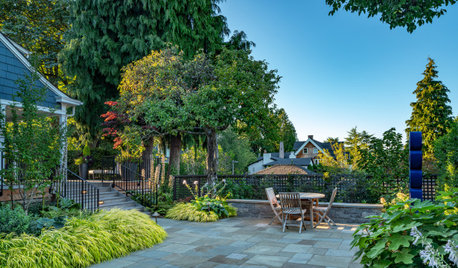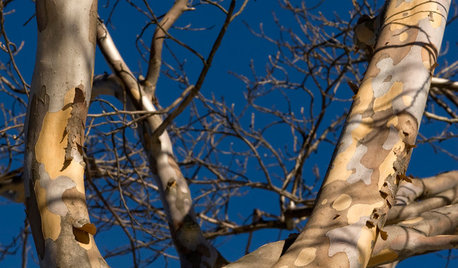Stewartia pseudocamellia or not?
morganhill
10 years ago
Related Stories

FALL GARDENING11 Trees for Brilliant Fall Color
Give your landscape the quintessential look of autumn with the red, orange and yellow leaves of these standouts
Full Story
LANDSCAPE DESIGNLearn Your Garden’s Microclimates for a Resilient Landscape
Reduce your water demand and learn the basis of planting the right plant in the right place
Full Story
WINTER GARDENING8 Gorgeous Trees for Winter Interest in the Garden
Intriguing forms and beautiful branches take center stage when color heads back into the wings of the winter landscape
Full StoryMore Discussions








davidrt28 (zone 7)
mikebotann
Related Professionals
Oatfield Landscape Architects & Landscape Designers · East Patchogue Landscape Architects & Landscape Designers · Wakefield Landscape Contractors · Amesbury Landscape Contractors · Kailua Landscape Contractors · Leicester Landscape Contractors · Ocoee Landscape Contractors · Pompton Lakes Landscape Contractors · Rio Linda Landscape Contractors · Saint George Landscape Contractors · Delaware County Siding & Exteriors · Levittown Siding & Exteriors · North Hollywood Siding & Exteriors · St. Louis Siding & Exteriors · High Point Decks, Patios & Outdoor EnclosuresmorganhillOriginal Author
gardengal48 (PNW Z8/9)
mikebotann
morganhillOriginal Author
Embothrium
morganhillOriginal Author
Embothrium
mikebotann
Embothrium
morganhillOriginal Author
Embothrium
morganhillOriginal Author